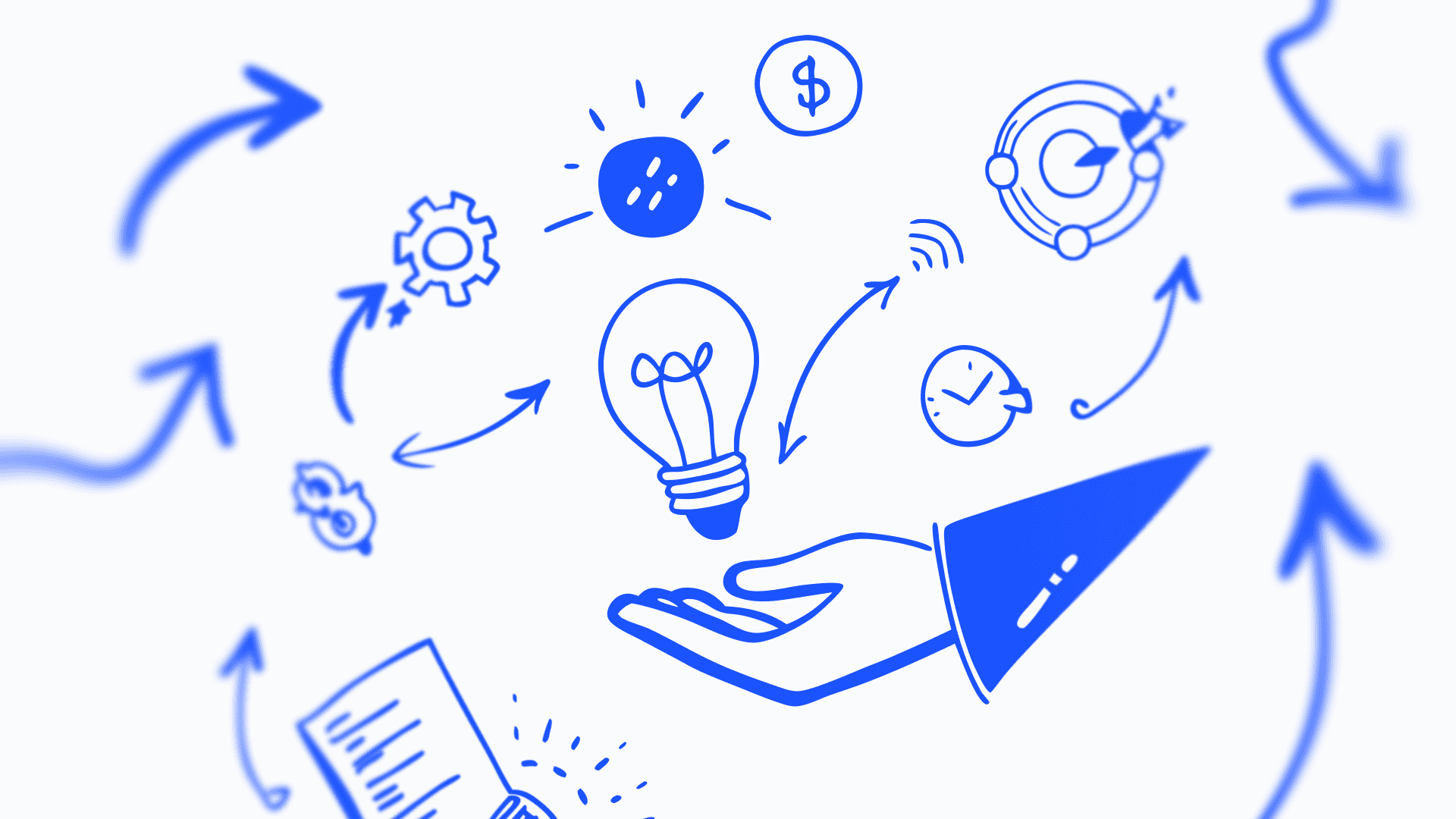Team
18.04.2024
From idea — to market. All stages of creating a digital product.
Stages of creating products in digital
Creation of a digital product is a complex process, as each stage of its creation represents an important milestone on the road to success, requiring unique skills, resources, and strategies.
What is product development?
Product development — is a strategic and dynamic process that involves creating, improving, or modifying a product or service to meet market needs. This process covers the entire product lifecycle — from the origin of the idea to its implementation and continuous improvement in the market. Successful product development not only leads to the creation of innovative and high-quality offers, but also meets the goals of the company and business.
Product development stages
Product development begins with an idea and continues until the finished product or service is created. By completing all the key steps described below, you will be able to meet the needs of your customers and ensure that your product remains competitive in the market.
Generating ideas: This stage includes creative sessions and brainstorming sessions. Ideas can come from a variety of sources: customer reviews, market research, team suggestions, or identifying unsatisfied market pains, no one rules out getting inspired in the middle of the night.
Idea selection: At this stage, ideas are evaluated and prioritized to determine the most viable ones. Selection criteria may include market demand, feasibility, profitability, and compliance with the company's goals and resources.
Concept development: With the selected ideas, the next stage involves developing detailed product concepts. This includes identifying features, benefits, and a unique offer. Prototypes or mockups are created for visualizing the product, which are tested and validated.
Market Strategy: A thorough business analysis is performed before allocating significant resources. This stage includes evaluating potential costs, revenue projections, and product profitability. Market research, competitor analysis, and financial modeling play an important role.
Product Development: With a clearly defined strategic plan, the product development phase begins. Depending on the nature of the product, it may include designing, coding, and developing for software products.
Deployment: After extensive development and extensive testing, the product is ready for deployment. This phase may include beta testing with a limited group of users to resolve remaining issues.
Market entry: The final stage of product development is market entry or commercialization. This stage includes implementing previously developed strategies, creating marketing campaigns to attract customers and stimulate sales.
Why do companies need product development?
This implies that the company is not a startup, but already a player in the market. Why you should develop an existing product or create new ones:
Addressing Customer Pain: Product development is based on understanding and meeting customer needs. Creating new products or services that address specific problems or meet specific needs makes your company more relevant to a specific target audience.
Competitive Advantage: It is obvious that creating innovative products makes you stand out from the competition.
Revenue Growth: New or improved products can drive revenue growth. By expanding the product line or improving existing offerings, companies can break into new markets and increase sales.
Adapting to market changes: The digital world today is very flexible, with changing and growing customer preferences and technological advances. Therefore, it is important not only not to stand out from others (the point about competitors), but also not to lag behind.
Improve efficiency: Innovations in processes or technologies can lead to operational efficiencies and lower costs.
Risk management: Relying on a single product or service can be risky. Product development distributes risks by offering different products that attract different customer segments.
Brand Reputation: The continuous provision of high-quality, innovative products creates a positive brand reputation.
Regulatory Compliance: In some business areas, products must meet regulatory requirements and standards.
Longevity: Companies that stagnate or don't innovate run the risk of becoming obsolete. Product development allows businesses to stay flexible and adaptive.
Ending
At Labpics, we know what it takes to successfully develop products, and our team of experts guides you through every step of the process. Sign up for a consultation today and let us help your business grow.

